The CR-160-R9 is an evaluation board for the CR-200-X series of Gaussian shaping amplifier modules and the optional CR-210 baseline restorer (BLR) module. The CR-160-R9 makes it easy, providing BNC connectors for input and output, a wall mounted power supply (CR-24V), sockets for the insertion of a CR-200-X shaping module and (optionally) a CR-210 BLR module. To provide flexibility in the implementation of the CR-160-R9 within the users' instrumentation, the BNC connectors have been provided unassembled to the CR-160-R9 board.
The CR-160-R9 has two switchable on-board wide-band amplifiers, each with a gain of 10. Combined with the CR-200-X gain of 10 (8 in the case of CR-200-50ns), this produces an overall gain continually adjustable between 0 to 1000. An inverted-polarity signal is available, as well as adjustments for pole-zero correction and DC offset. The CR-160-R9 board has dimensions: 3.7 inches x 2.3 inches
A housing for the this evaluation board is available: the CR-160-BOX-R9. The power supply for this board is the CR-24V wall mounted power supply. Alternatively, this board can be powered by + and - DC power as described below.
What is included:
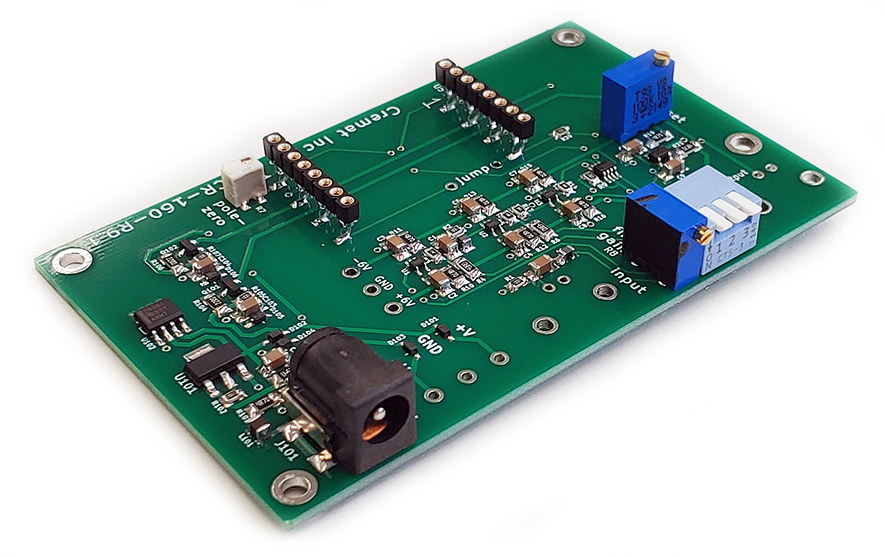
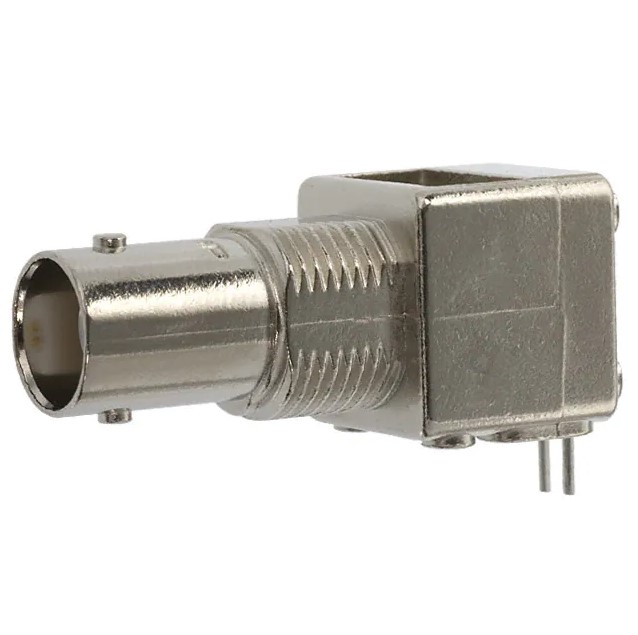
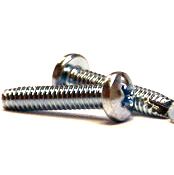
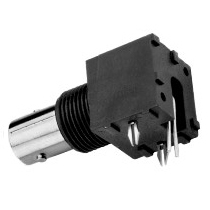
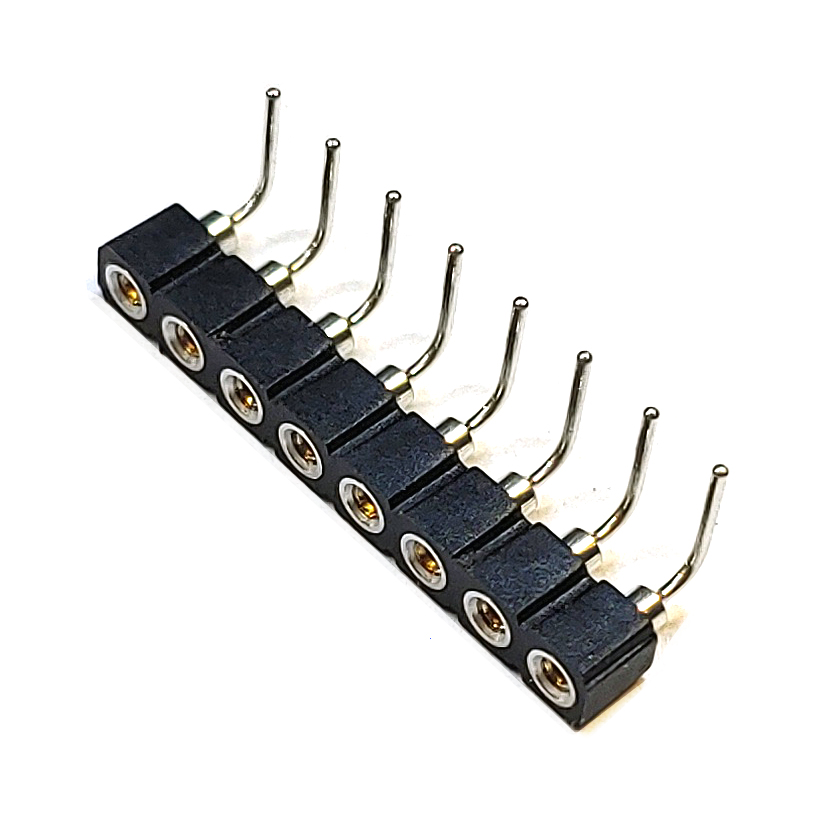
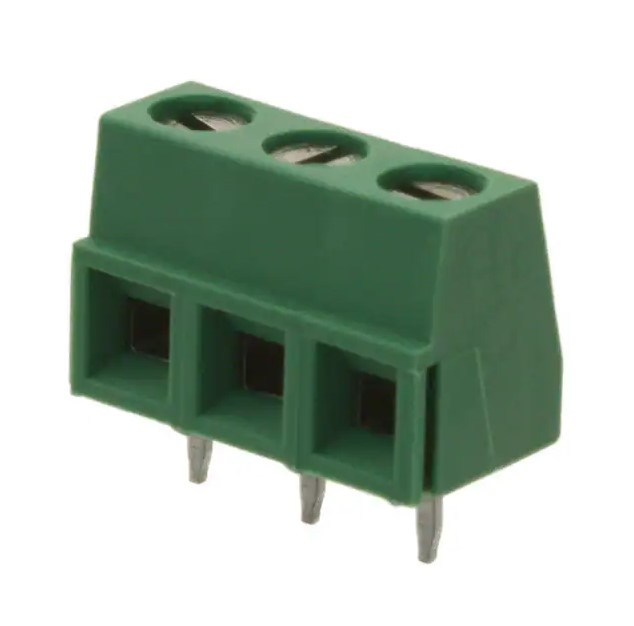
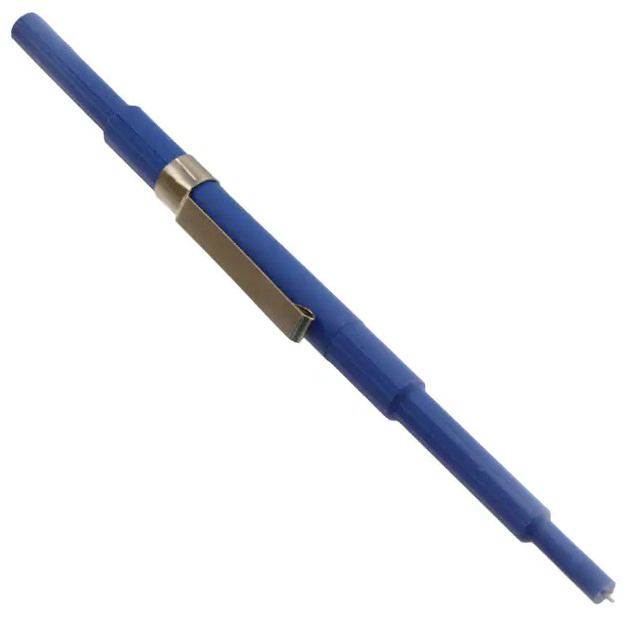
Get to know the CR-160-R9:
Below is a diagram of the CR-160-R9 evaluation board and the locations of some of the important components. Detailed assembly instructions follow.
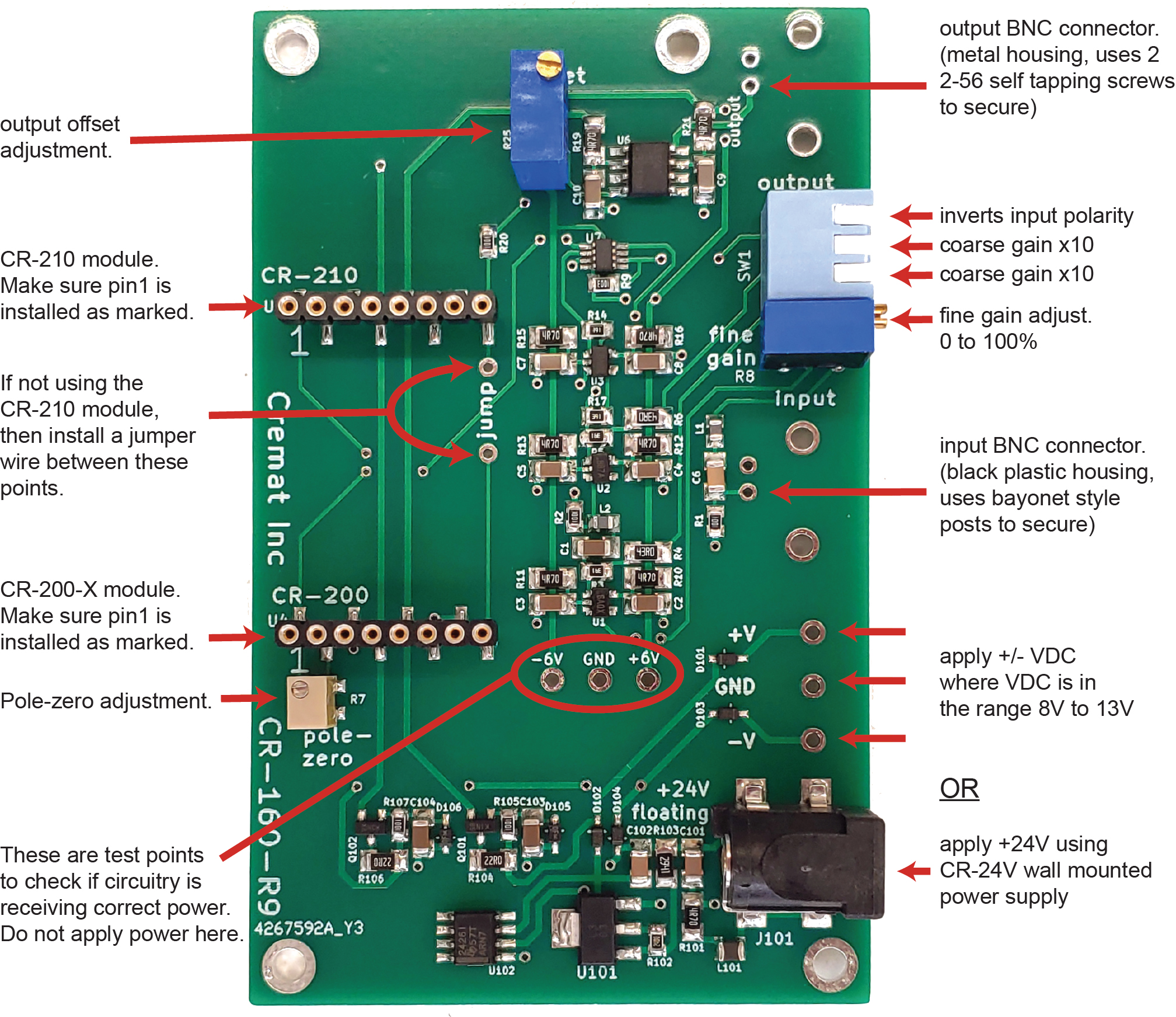
How to Assemble the CR-160-R9
A pictorial step by step description of assembling the CR-160-R9 board, installing into a CR-160-BOX-R9 housing, can be found here.
General description of the CR-160-R9
Gain Adjustment
The fine gain of the on-board amplifier can be continuously adjusted using a trimmer potentiometer placed between the input and output connectors. The coarse gain may be adjusted by implementing one, both, or neither of the two separate amplification stages, each of which has a gain of 10 when 'on' (down). When 'off' (up), the gain of the stage is 1. Keep in mind that, in addition to the gain of the amplifiers on the CR-160-R9 evaluation board, the CR-200-X shaping amplifier module itself has a gain of 10, resulting in an overall gain to the input signal of anything in the range of 0 to 1000.
Installing the CR-200-X and CR-210-R0 Modules
Make sure that any module installed on the CR-160-R9 board is installed in correct direction! Installing the modules in the opposite direction will result in damage. Connect pin 1 of the modules (marked with a white dot on the label) to the side of the socket marked “1”. Viewing the assembly instructions may be helpful.
Installing the BNC connectors
Two PC-mount BNC connectors are included but not installed. If you choose to install them, solder the plastic housing BNC connector to the ‘input’ position and the metal housing BNC connector to the ‘output’ position. This is described in more detail in the assembly instructions.
Signal Polarity
Signal polarity can be changed using one of the ‘piano style’ switches located between the input and output connectors. See the diagram for the precise location. Switch position of ‘on’ (down) inverts the signal from the input. If the CR-210-R0 baseline restoration module is being used, the CR-160-R9 output pulses must be positive for the baseline restoration circuit to operate properly. The polarity switch should be used in this case to insure that the output pulse polarity is in fact positive.
Applying Power
The CR-160-R9 can be powered using the CR-24V wall mounted power supply (available separately) or by applying both positive and negative DC power directly to the board. If you choose this second option, the supply voltages must be in the range from +/- 8 volts to +/- 13 volts and can be applied to the board at the labeled locations. At +/- 12 volts the current draw is 40 mA on both the positive and negative power supplies. This figure includes the current drawn by the installed CR-200-X module and CR-210-R0 module. If the CR-210-R0 module is not installed, the overall current draw is reduced to 25 mA on the positive and negative supplies. One note of caution if you plan to provide your own +24V to the power connector: The power to this point must be floating with respect to the other grounds in the system. An un-grounded wall mounted power supply (such as the CR-24V) works well for this. More on this subject here.
Output Swing
The output of the CR-160-R9 can swing to up to +3.0V and can drive a 50 ohm load.
Jumper Regarding Optional Use of the CR-210-R0
The CR-160-R9 board is normally set to be used with both a CR-200-X shaping amplifier module and a CR-210-R0 baseline restoration module installed. If for some reason the user does not want to use baseline restoration, the CR-210-R0 module may be omitted. If omitted, however, the user should add a wire jumper at the location shown in the figure. This jumper effectively shunts the CR-210-R0 circuit.
Schematic Diagram
A schematic diagram of the CR-160-R9 can be found here.
Making pole-zero adjustment
'Pole-zero' adjustment can be made using a small potentiometer located near the CR-200-X module, and corrects and compensates the exponentially-decaying tail that may follow the Gaussian pulse. This exponentially decaying tail is a consequence of the preamplifier signal’s exponentially-decaying pulse. Pole-zero adjustment is more important for long shaping times (8µs down to about 1µs, where the shaping time is significant in comparison with the preamplifier decay time), and not so important for short shaping times (500ns and shorter).
The following three figures illustrate the effect of the pole-zero adjustment and shows when the pole-zero is adjusted properly (8µs used in this example). After changing CR-200-X modules from one shaping time to another, it may be necessary to readjust the pole-zero.
